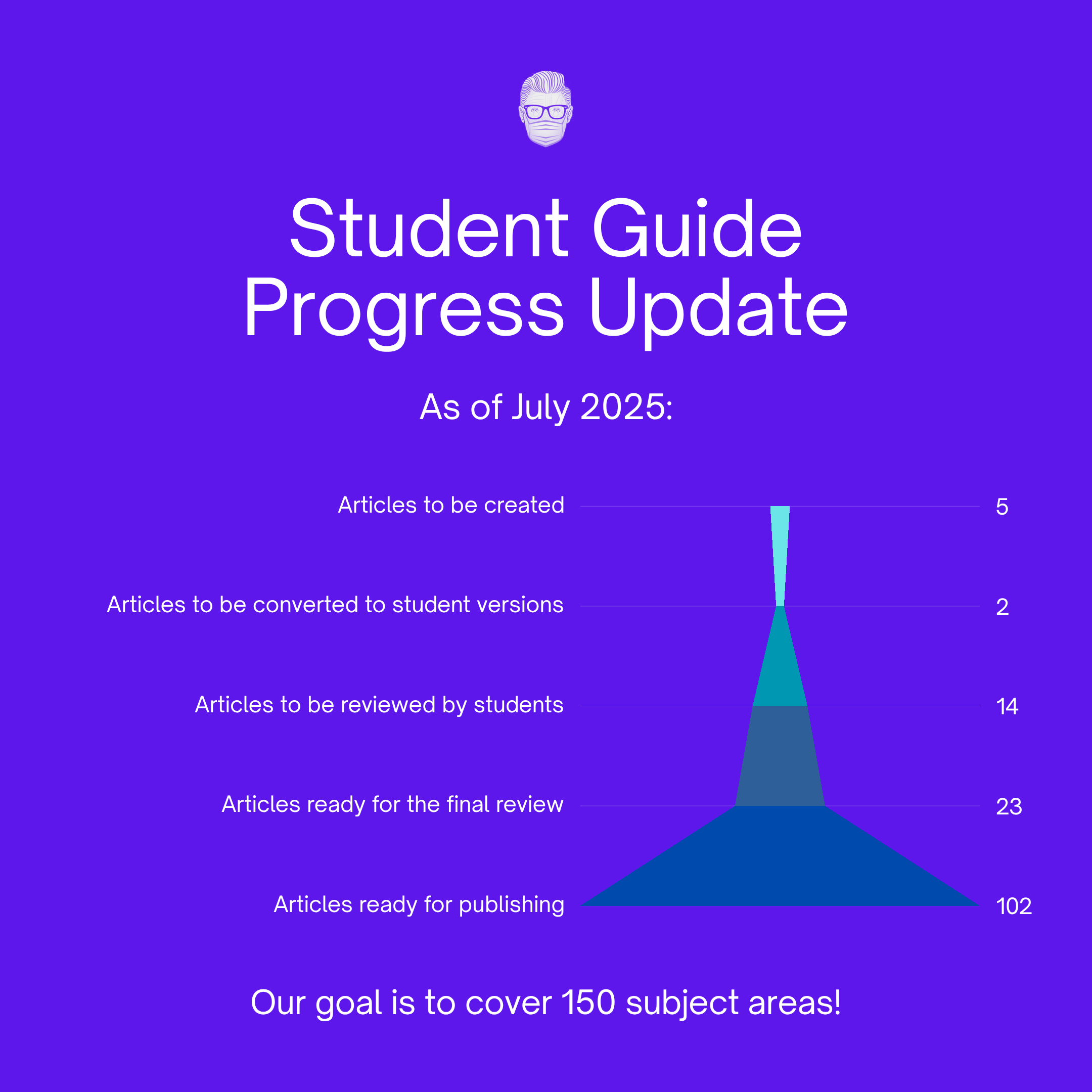In this week's edition
- ✍️ Letter from P'Fella
Financial Incentives Only Work in the Short Term - 🤓 The Sunday Quiz
*Drumroll🥁* announcing new winners! - 🖼️ Image of the Week
Scalp layers in cross-section. - 🚑 Technique Tip
Rotation flap step 2: Identify the pivot point. - 🎓 The Fellow's Corner
This week's feature: Scalp recon. - 📘 Foundations Textbook
Timeline update - 🔥 Articles of the Week
Type of skin graft for the scalp, algorithm for scalp recon, & Orticochea original description: With 1-sentence summaries. - 💕 Feedback
Suggest ideas & give feedback!
A Letter from P'Fella
Financial Incentives Only Work in the Short Term
The Short-Term Game
- Immediate Uptick, No Loyalty
Throw money at a metric and you’ll get activity—fast. QOF saw a 6% jump in year one. But was the care better, or just the record-keeping? - Year Three? Back to Business As Usual
By year three, those gains disappeared. In some cases, quality dropped below baseline. Once incentives ended, the decline was sharper than the initial bump. - Paperwork ≠ Care
The review nailed it: better documentation doesn’t mean better outcomes. Just like counting letters doesn’t measure surgical skill. It’s metric theatre. - The Plastic Surgery Problem
Our field is full of “performance” goals that look good but change nothing. Antibiotics within 60 minutes? Fine. But did it help the wound heal? Did the flap survive?
We’re measuring what’s easy, not what matters. And when money leads, culture follows—in the wrong direction.

Financial incentives give a quick sugar hit, then fade. They don’t fix culture, build quality, or improve training. Worse—they distract us from the real work and crowd out intrinsic motivation.
These schemes don’t build habits—they rent behaviour.
With love,
P Fella ❤️
The Sunday Quiz
*Drumroll🥁* Announcing New Winners!
We're thrilled to announce the winners of this edition's quiz. After seven rounds of questions on plastic surgery, our top scorers are AL and Elektra. They’ll each receive a copy of our upcoming textbook, Foundations, once it’s released.
Thanks to everyone who took part, and stay tuned for the next round!

Image of the Week
Scalp Layers in Cross-Section
This week’s image breaks down the layered anatomy of the scalp — a key concept in reconstruction planning. From skin to dura:
- Skin
- Subcutaneous tissue
- Galea aponeurotica
- Pericranium
- Cranial bone
- Dura, arachnoid, and pia mater
Knowing where to and where not to dissect matters when designing flaps, elevating tissue, or managing trauma.

Technique Tip
Rotation Flap Step 2: Identify the Pivot Point
This week’s technique tip focuses on the second step in designing a rotation flap: Identifying the pivot point 📍
Your pivot point is a geometric anchor that determines the arc of movement, tension vectors, and success of closure.
- The true pivot lies at the centre of the semicircle.
- The functional pivot dictates tension and flap excursion.
- An anteriorly displaced pivot makes closure tougher.
✏️ Pro Tip: Extending the flap radius by adjusting triangle length improves reach and reduces closure tension.

the Fellows' Corner
This Week's Feature: Scalp Reconstruction
This week’s feature dives into the principles and challenges of reconstructing the scalp, from anatomy to flap design, grafts, and strategies for dealing with avulsion injuries.
Check out the full article breakdown below.

Scalp Reconstruction
Overview
The scalp is hair-bearing, thick, and inelastic skin covering the convex cranium; its reconstruction is uniquely challenging due to its anatomy, vascularity, and cosmetic implications.
Anatomy
The scalp is composed of five distinct anatomical layers: Skin, connective tissue, aponeurosis (galea), loose areolar tissue, and pericranium; each with surgical relevance.
Surgical Technique
Scalp reconstruction follows the reconstructive ladder, with closure method chosen based on defect size and complexity, ranging from primary closure and grafts to local, regional, or free flaps.
Adjunctive Techniques
Allografts, tissue expanders, and scalp replantation techniques serve as vital adjuncts or salvage strategies when standard reconstructive options are limited by tissue quality, defect size, or traumatic presentation.
Foundations Textbook
Timeline Update
Thanks for bearing with us — we’re making sure to deliver the best-quality textbook to your hands!

We’re planning a live online event ahead of Foundations launch, so mark your calendars for 26th July.
This will be P'fells's first official event, and we’d love to see you there. More details coming soon!
Articles of the Week
3 Interesting Articles with One-Sentence Summaries
Full-thickness grafts outperform split-thickness grafts in scalp reconstruction, especially over exposed bone, with higher integration rates & fewer complications when a vascular bed is ensured.
This 10-year study proposes a stepwise algorithm for scalp reconstruction, guiding when to opt for local flaps, primary closure, or free tissue transfer to optimize oncologic and functional outcomes.
Orticochea's geometric four-flap method enables tension-free closure of extensive occipital scalp defects without skin grafts, using overlapping rotational flaps to redistribute pressure & preserve vascular supply.


